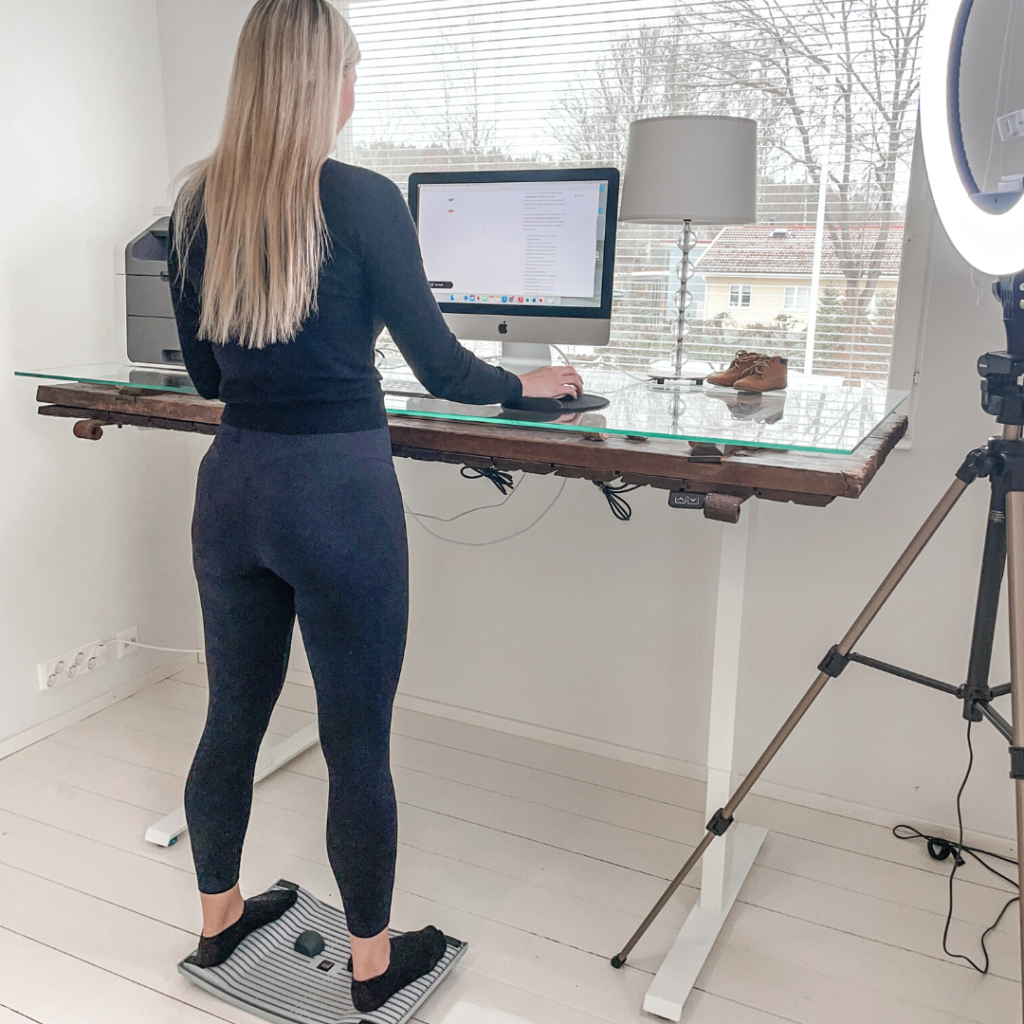Effective ergonomic solutions for remote learning combine proper seating, correct desk height, optimal screen positioning, and regular movement breaks to maintain student focus and prevent physical strain. The most successful setups include an adjustable chair with good back support, a desk at elbow height, a monitor at eye level, and adequate lighting. These elements work together to promote proper posture in the classroom environment at home, reducing discomfort and enabling students to concentrate better during extended learning sessions. Implementing even basic ergonomic principles significantly improves the remote learning experience.
Why ergonomics matters for effective remote learning
Ergonomics directly impacts your learning outcomes by creating a physical environment that supports rather than hinders your ability to focus. When your body is comfortable and properly supported, your mind can fully engage with learning materials without distraction.
Many remote learners work from improvised spaces—kitchen tables, sofas, or even beds—that weren’t designed for extended study sessions. These makeshift arrangements often lead to poor posture, resulting in neck pain, back discomfort, and headaches. The physical strain doesn’t just cause discomfort; it actively competes for your attention when you should be focused on learning.
Research shows that ergonomic improvements can increase concentration by reducing these physical distractions. Better posture in the classroom setting (even when that classroom is virtual) promotes better blood circulation, reduces muscle fatigue, and helps maintain energy levels throughout study sessions.
For remote learners, proper ergonomics isn’t a luxury—it’s a necessity that bridges the gap between simply attending online classes and truly engaging with the material.
What are the essential components of an ergonomic remote learning setup?
An effective ergonomic remote learning setup requires five key elements working together to support your body properly. These components create a foundation for comfort and focus during long study sessions.
First, select a supportive chair that allows your feet to rest flat on the floor with knees at approximately 90 degrees. The chair should provide adequate lower back support and encourage upright posture without causing discomfort.
Your desk height for optimal learning comfort is equally important. It should allow your elbows to rest comfortably at about 90 degrees when typing. Too high or too low will strain your shoulders, neck, and wrists over time.
Screen positioning significantly impacts neck strain. Position your monitor at eye level for comfortable viewing or laptop screen at eye level, about an arm’s length away. This prevents the forward head tilt that contributes to neck pain and headaches during extended study sessions.
Proper lighting reduces eye strain—position your workspace to minimize glare on screens while providing sufficient illumination for reading physical materials. Natural light is ideal when available, supplemented with task lighting as needed.
Finally, arrange frequently used items within easy reach to minimize awkward stretching or twisting movements that can disrupt your posture and focus.
How can you create an ergonomic study space on a budget?
Creating an ergonomic study space doesn’t require expensive equipment—effective solutions can be assembled using common household items and strategic adaptations.
For proper monitor height, stack books or sturdy boxes under your laptop to bring the screen to eye level. This simple adjustment prevents neck strain from looking down at your screen. Consider investing in an inexpensive laptop stand if this becomes your long-term solution.
If your chair lacks lumbar support, roll up a towel or use a small cushion placed at your lower back. This DIY solution provides the support needed without purchasing a new chair.
Footrests can be created using boxes, books, or even a small stool if your feet don’t comfortably reach the floor. This helps maintain proper leg positioning and reduces pressure on your lower back.
Repurpose existing furniture creatively—a dresser or chest of drawers at the right height can serve as a standing desk option for part of your study time. This movement variety is valuable for maintaining energy and focus. An active board encourages natural movement while standing.
For wrist support while typing, a rolled-up hand towel placed at the edge of your desk can reduce strain without purchasing a specialised wrist rest.
What ergonomic practices can prevent discomfort during long study sessions?
Incorporating regular movement and position changes prevents discomfort and maintains energy levels during extended remote learning sessions. Even the best setup requires complementary habits to maximise its benefits.
Follow the 20-20-20 rule to reduce eye strain: every 20 minutes, look at something 20 feet away for at least 20 seconds. This simple practice relieves the focusing muscles in your eyes and reduces digital eye fatigue.
Set a timer to stand up every 30-45 minutes, even if just for a minute. These microbreaks improve circulation, reduce muscle stiffness, and help maintain mental alertness. Use these moments for quick stretches focused on areas that tend to tighten during study sessions.
Practice proper typing and mouse technique—keep wrists neutral rather than bent up or down, and use your whole arm rather than just the wrist when moving your mouse. This reduces the risk of repetitive strain injuries that can develop over time.
Alternate between sitting and standing positions if possible. This variation maintains better muscle engagement and improves focus. Even without a standing desk, you can improvise temporary standing arrangements for certain activities like reading or watching lecture videos.
Stay hydrated and maintain awareness of your posture throughout study sessions. Simply being mindful of your body position often leads to automatic corrections when you begin to slump.
How should parents adapt ergonomic solutions for children of different ages?
Children have unique ergonomic needs that change as they grow, requiring age-appropriate adaptations to support their developing bodies during remote learning.
For younger primary school children (ages 5-8), prioritise movement over static positioning. Their natural energy makes sitting still difficult, so create a learning environment that accommodates frequent position changes. Use cushions on adult chairs, ensure feet are supported with boxes or footrests, and schedule frequent movement breaks.
Children ages 9-12 benefit from more structured setups but still need flexibility. Adjustable chairs are ideal, but household adaptations work well—use cushions to raise seating height and backrests to support proper spinal alignment. Monitor height becomes increasingly important as homework sessions lengthen.
Teenagers require nearly adult-sized ergonomic setups but with attention to their still-developing bodies. Proper desk height is particularly important during growth spurts. Their tendency toward poor posture (slouching) needs regular gentle correction and reinforcement of good habits.
For all ages, model good ergonomic practices yourself and explain the importance of proper positioning in age-appropriate terms. Making it relevant to activities they care about (gaming, sports performance) often increases compliance.
Key takeaways for implementing effective ergonomic solutions
Implementing effective ergonomic solutions for remote learning doesn’t require perfection—even small improvements can significantly enhance comfort and focus. Start with the highest-impact changes: screen height, supportive seating, and regular movement breaks.
Remember that ergonomics is personal—what works perfectly for one person may need adjustment for another. Pay attention to your body’s feedback and be willing to experiment with different arrangements until you find what works best for your unique needs.
Consistency matters more than perfection. Building habits around good posture and regular movement breaks or active standing solutions creates a foundation for healthy learning practices that will serve you well beyond remote education situations.
At Gymba, we understand the challenges of maintaining proper posture and movement during remote learning. Our products support these ergonomic principles by encouraging natural movement even in limited spaces. We’ve designed solutions that adapt to your existing workspace while promoting the active engagement that improves both comfort and concentration during learning activities.
By implementing these ergonomic principles, you create a learning environment that works with your body rather than against it—allowing your mind to focus fully on what matters most: learning.

